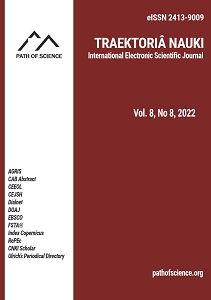Finite Element Analysis of Continuous Plates Using a High-Performance Programming Language (MATLAB)
Finite Element Analysis of Continuous Plates Using a High-Performance Programming Language (MATLAB)
Author(s): Excel Obumneme Amaefule, Owen Chukwuebuka Abuka, Nnaemeka Chukwudi Nwachukwu, Chukwuebuka Oscar Nnadi, Chibueze Nelson Ogbonna, Habeeb Keji Adeyemo, Meshack Ibeamaka Ogundu, Sunday Okechukwu, Don-Ugbaga Chinomso, Ezeokpube GregorySubject(s): Higher Education , Methodology and research technology, ICT Information and Communications Technologies
Published by: Altezoro, s. r. o. & Dialog
Keywords: Finite Element Analysis; Finite Element Method; MATLAB; Continuous Plates; Finite Strip Method; Exact Method;
Summary/Abstract: This paper uses MATLAB, a finite element software program to compare the results of several finite analysis methods for continuous plates and check the degree of correlation with the exact values obtained by Timoshenko (1959) and Cheung (1996). The results showed little or no significant difference between plates in finite elements. Two different finite Numerical techniques are used. The Finite Strip and Exact methods and their results are compared to the results from the MATLAB program. Finite element analysis (FEA) workflow using MATLAB includes generation of meshes, geometry creation, defining physics of load, initial conditions and boundary problems, calculation, and results from visualization. FEA is a very general approach for solving Equations in science and engineering. This work offers solutions to the increasing errors associated with several other numerical methods when solving any equations of plates (сontinuous). It makes it easier to calculate and design larger structures through geometry discretization of plates and plains into more minor elements.
Journal: Traektoriâ Nauki
- Issue Year: 8/2022
- Issue No: 08
- Page Range: 3001-3009
- Page Count: 9
- Language: English

